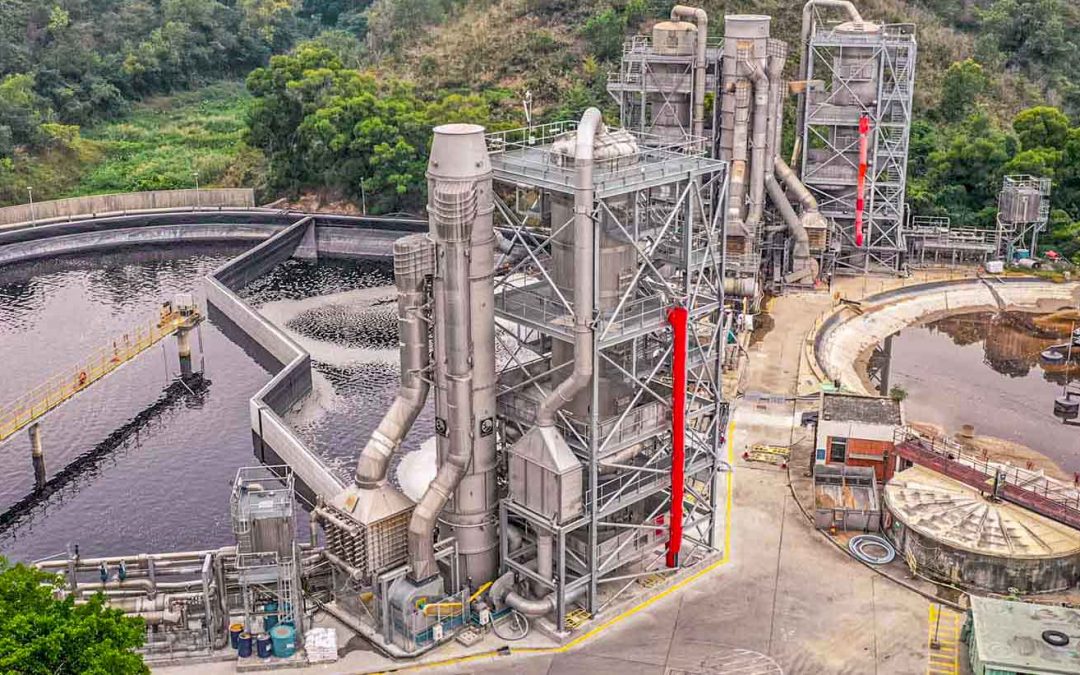
Ammonia from Wastewater
Wastewater management can be complicated. A principal reason is that excessive ammonia concentration in wastewater can cause issues with odor and the ability to clean and reuse the water. If it is not removed before release to the environment, it is highly toxic for aquatic life.
Ammonia is increasingly recognized as a compound that, whilst being highly polluting if released to the environment untreated, can also be recovered and thus represent a viable commercial resource. Using waste heat as the basis for ammonia removal and recovery meets the combined objectives of ensuring a long-term sustainable two-pronged solution to the challenges of ammonia pollution and the recycling of waste material; this latter is one of the defining tenets of the circular economy.
The principle of using heat to separate ammonia from landfill leachate is being successfully applied in Hong Kong. On this large landfill site, leachate is highly ammoniated, containing up to 8000 mg/l. As the site produces so much landfill gas, this is used to heat the leachate before separation in the stripping towers. From there, the ammonia concentration is reduced to <150mg/l and is treated by the adjacent sequence batch reactors before release outside the boundary of the landfill site. The site produces up to 9 tons of ammonia a day.
